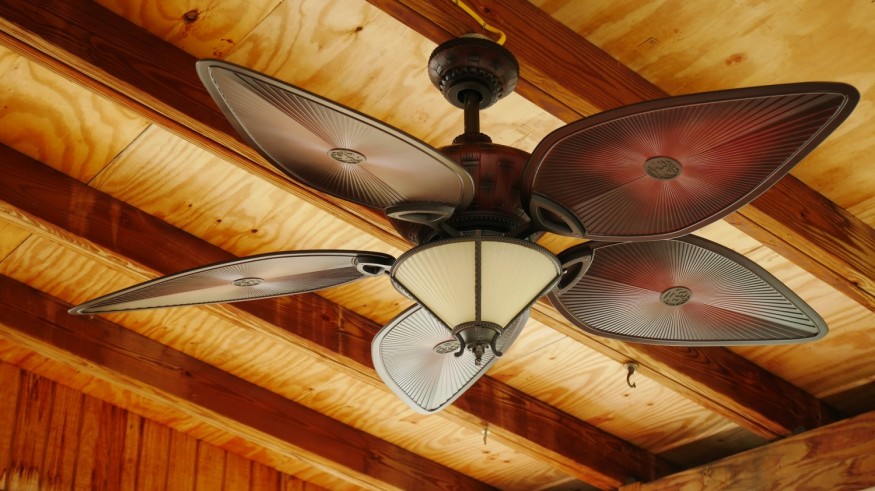
Ceiling fans are coming in style again as more people look for ways to cut heating and cooling costs, live more sustainably, and increase the comfort of their homes. Ceiling fans can make it feel so much more comfortable in the room, whether you need to cool off in the summer or warm up in the winter.
But a ceiling fan is more than its function, and choosing one can be more complex than it might appear on the surface. You have to get the size right, for one thing, and on top of that, you have to choose a fan that looks nice, goes with your decor, and offers the features you need. Here's what you need to know before you go fan shopping.
Measure Your Room
Ceiling fans come in sizes ranging from 29 inches across to 60 inches across, and some are even bigger. You want to make sure the fan you buy is large enough to create the airflow you need in the space, but not so large that it creates a wind tunnel effect.
To get the right size ceiling fan, measure the width and length of the room where it will hang. Then multiple those two numbers together to find the square footage of the room. For rooms 144 square feet and smaller, choose a fan that is smaller than 42 inches in diameter - and if the room is smaller than about 100 or 75 square feet, you may want to choose from fans at the smallest end of the spectrum, 29 to 32 inches across.
If the room is 145 to 224 square feet, choose a fan that is 44 to 50 inches in diameter. If the room is 225 to 400 square feet, choose a fan that is 50 inches in diameter or larger. For rooms above 400 square feet, choose a fan at least 60 inches in diameter. If your room is much bigger than 400 feet, you may even want to consider hanging multiple, smaller fans to make sure airflow is consistent throughout the room.
Consider Your Decorating Taste
Fans come in a range of different designs to match any homeowner's decorating style. In fact, the hardest thing about choosing a new ceiling fan can be deciding on a fan design. You could buy a chandelier ceiling fan to get the best of both worlds - a fancy light fixture and the climate control of a fan. You could choose an industrial style fan to match a steampunk or ultra-modern aesthetic. You could choose a clean modern style or go with a more traditional look.
Think about the dominant decorating style in your home and match your fan design accordingly. If your decorating taste is more eclectic, choose a fan that contrasts with the dominant style to bring it all together. A fan with the same wood finish as the majority of your furniture and woodwork will tie the room together. Or, you could match the finish of the hardware on the fan to the finish of the hardware in your room, so that the fan matches your doorknobs and light switch covers. You could even choose a colorful fan that stands out, or a dual-motor fan to direct airflow differently on different sides of the room.

Get the Functionality You Crave
Of course, the whole point of installing a ceiling fan is to get that fan functionality that will make your home so much more comfortable to live in. The first thing to consider is the power of the fan motor. Fan airflow capacity is measured in cubic feet per minute (CFM) of air moved. You want a fan that will move at least 4,000 CFM, but 5,000 to 6,000 CFM is the best choice and more powerful fans are available if that's what you need.
Some fans come with light fixtures built in, so if you need illumination too, there are plenty of options. You can buy smart fans that you can control with your phone, or fans with wireless wall controls so that you don't have to do any extra wiring to put in a wall switch.
Choosing a new ceiling fan for your home is a big deal. The fan you choose will be part of your home for years, so it's important to get one you'll be happy with. Choose a fan based on its size, functionality, and design, so you can focus on enjoying the breeze instead of regretting your choice.
© 2025 Realty Today All rights reserved. Do not reproduce without permission.



